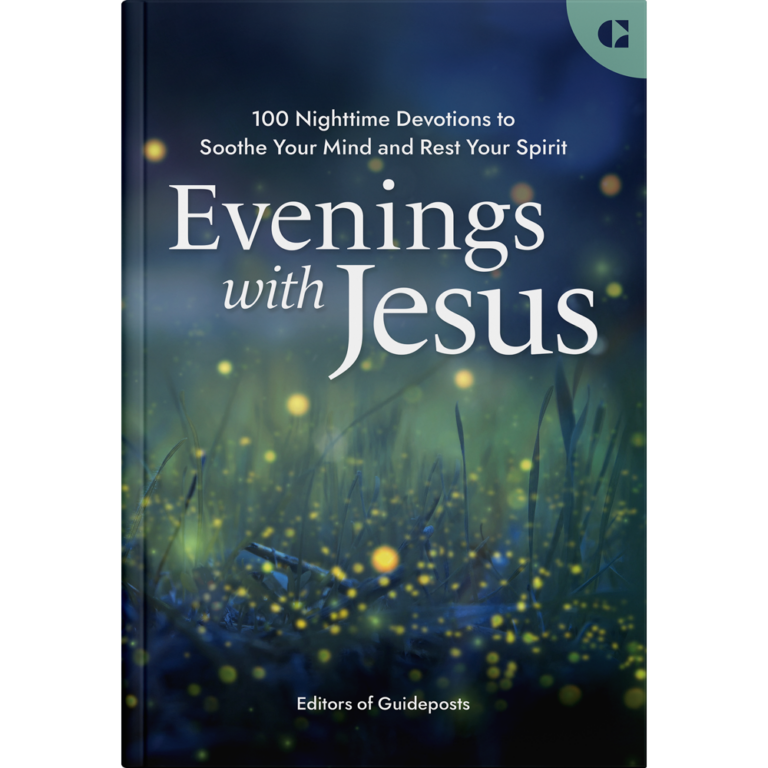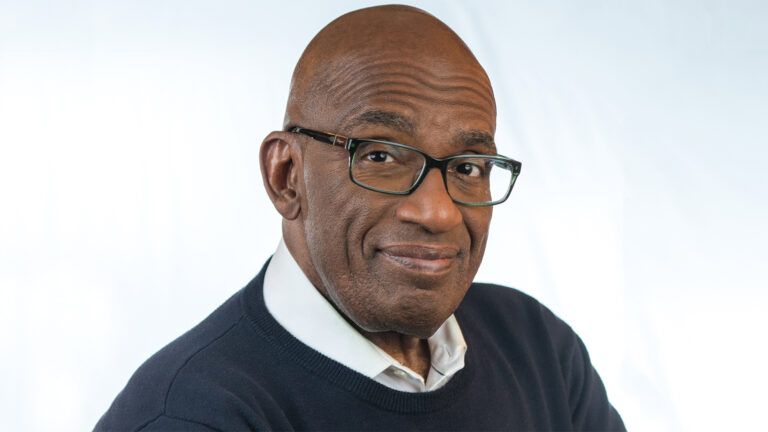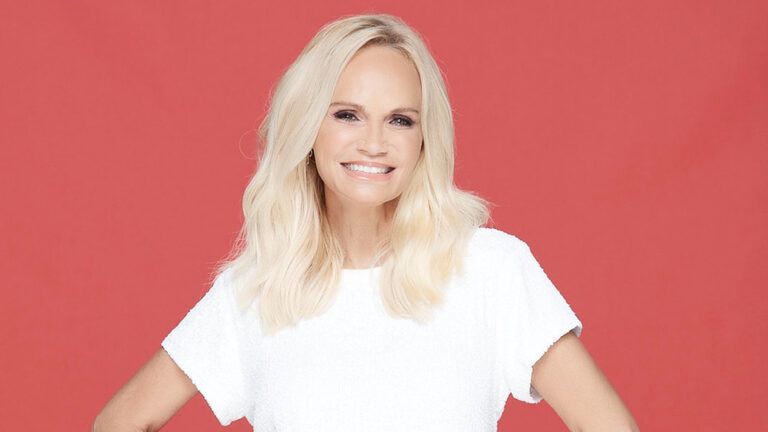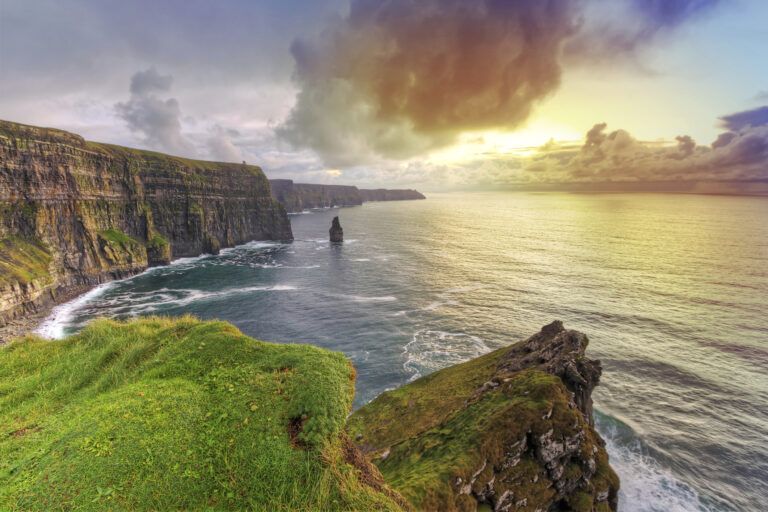I’m a medical correspondent and for years now I’ve been reporting from all over the world for CNN.
I’m often in the midst of disaster, drawing on my years of training as a neurosurgeon. I hope my work gives people a context in which they can view medicine and health on a broader scale. Inevitably people ask: Which is more important to you? Are you a doctor or a reporter?
The best way to answer is to tell you how I got into this line of work. I grew up in Michigan, in the town of Novi outside of Detroit. My parents were immigrants from India, working for Ford Motor Company. My mother was the first female engineer ever hired by Ford, a fact that is presented with great pride in the Indian and engineering communities.
I was a bookish kid. I spent long hours in the library reading everything I could find, histories, biographies, science fiction, fantasy, mysteries. I was curious about the world and there’s no better way to find things out than through the pages of a book. Even today if some kid asks me what’s the first step to take to become a doctor, I answer, “Read, read, read.”
I was in my teens when our family faced a medical crisis. My grandfather, with whom I was very close, had a stroke and landed in the hospital. Sitting anxiously at his bedside, I watched nurses come and go, checking his vitals and looking at the monitors attached to his body. I remember sitting there wondering what could I do to make him feel better—to bring back the warm, thoughtful man I knew.
It was the neurosurgeons who fascinated me. When they explained what they could do surgically to help, I thought, I want to be like them. I want to know what they know and have the ability to heal like they do. Eventually my grandfather got better, and my path in life was started.
My reading changed. Added to the stacks I checked out from the library were new volumes about science, medicine and some of the men who were pioneers in the field, like Harvey Cushing, the father of modern neurosurgery. I learned if I wanted to be a doctor I needed to take courses not offered at our high school. I’d taken biology and chemistry, but I wanted to learn physics. I remember asking Mr. Armstrong, one of my science teachers, if he had a textbook on physics.
“Why do you want it?” he wondered.
“I’d like to learn physics,” I said.
“I’ll teach you,” he said. “We’ll do it after school together.” For the whole year Mr. Armstrong devoted countless hours to teaching me physics—an extraordinarily generous thing to do when I think of how many other obligations he had.
At the end of that year I took the Advanced Placement exam that would give me college credit for what I’d learned. I scored well, and placed out of entry-level physics, all thanks to Mr. Armstrong.
I was accepted into Inteflex, a special seven-year program at the University of Michigan that combined an undergraduate education with med school. In effect, I was accepted into med school straight out of high school, which was challenging, but it also gave me more time to pursue some of my other interests.
One of the things my mom liked to say (something I still apply to my life today): “A change of activity is a form of rest.” When you need a break, try doing something different. I’d always loved writing. So I started doing articles for small magazines and newspapers.
The more I wrote the bigger the magazines and newspapers became. I even did a stint for the White House, planning events and writing speeches. I added to my knowledge, and started thinking in a different direction. If I could help a patient one-on-one in a doctor’s office, think how many more I could reach with a story about a promising new cancer treatment or information on preventive medicine. I could save people like my grandfather. I didn’t know how it would fit into the overall picture. I wanted to become a neurosurgeon. I also just happened to like writing.
By now I’d finished med school and my residency and was teaching at the University of Michigan. I flew down to Atlanta to interview for a position at Emory University and Hospital. At the airport I ran into Tom Johnson, CEO of the Cable News Network—and I mean that literally. I bumped into him. I’d known him from my work at the White House. “Why are you in Atlanta?” I asked.
He told me he was starting a medical division at CNN. “Would you be interested in joining us?” he asked.
“On television?” I was a neurosurgeon, not a newscaster. I scratched my head and told Tom I’d think about it.
I took the job at Emory. I loved teaching and practicing medicine, but the CNN idea intrigued me. It was an exciting way to reach people and help them understand medicine and what doctors do.
“I’ll do it,” I finally told Tom, “on one condition. I need to see patients and perform surgery.” I didn’t want to be a reporter without that firsthand experience of being a doctor. They offered me a schedule that allowed me to perform surgery every week and teach.
I’d been much better prepared to enter an operating room than stand in front of a camera. I stumbled over my words or looked into the wrong camera. I had only one suit and wore it every day. Someone from wardrobe had to clue me in, “You need to buy new suits, Sanjay. Viewers have noticed you’re wearing the same thing.” Eventually I did settle in.
My first big story came with the terrorist attacks on the World Trade Center and the Pentagon. I flew to New York with the first CNN team allowed in the air. I planned to explain the medical triage that follows such a disaster, the challenges EMTs and doctors face. But I found myself reporting on firefighters who marched up those burning towers when everyone else was leaving. They were heroes and their actions provided a context to my story. When the worst things happen they can bring out the best in people.
Soon after the invasion of Iraq I found myself embedded with a group of Navy doctors over there. It was unlike anything I’d ever experienced. Rocket-propelled grenades blew up near me. Our convoy went over a land mine and I was thrown out of a truck. Why had I come? I wrote a letter home, fearful it was the last I’d ever write.
Then we came upon a boy who’d suffered severe head wounds. The Navy surgeons turned to me, “Can you help us?” In that difficult situation it was an easy question. This was what I did. Neurosurgery. I was a reporter and a doctor.
When that story aired, I came under another sort of fire. “How can you be objective when you’re standing shoulder to shoulder with Navy doctors?” Another newspaper wrote that I “crossed the line.”
I disagreed. There’s a different set of rules when it comes to saving lives. Nowhere does it say that when you put on your press credentials they are a bar to your humanity. My worlds of medicine and media have come crashing together quite a bit since then, most recently in Haiti. I operated aboard the USS Carl Vinson on a 12-year-old girl named Kimberly at the request of the U.S. military. Again, the criticism was leveled, and again I wasn’t fazed by it, but rather happy that Kimberly, once near death, was alive and reunited with her father.
Not all my stories have been so dramatic, but when it’s appropriate—by which I mean helpful and informative—I include myself in my reporting. For instance, I often stress the importance of exercise, and I practice what I preach! My Weimaraner Bosco is often seen on my long runs for exercise segments.
Or I’ve discussed the value of prayer in medical emergencies. I was never formally trained in the interplay between the type of healing we think of in hospitals and the type of healing that takes place in the private recesses of our minds. Yet over time I’ve come to deeply appreciate the role of prayer in the healing process. Often patients or their loved ones have prayed with me before surgery. I see it as an expression of confidence that their loved one will be healed. It makes me feel more inspired.
It was curiosity and the desire to help that got me started on my path and continues to guide me, that moment when I stood beside my grandfather’s bed and wondered what I could do. Not long ago I was headed to the Gulf Coast to report on the oil spill. My wife and I have three daughters and I had carefully explained to our eldest, five-year-old Sage, the extent of the disaster. About a year prior I’d done a science experiment with her, showing her the concept of osmosis across a filter and how magnets could remove fluid that carried an ionic charge. She had obviously been paying attention.
“Here, Daddy,” she said to me before I left. She gave me a picture of the ocean and a water-filtration system. She had drawn brown water with these big magnets on one side and then the water getting less and less brown and eventually turning blue with someone filling a cup at the end to drink it. Clean water.
Wow, I thought, she totally gets it! A five-year-old’s take on reverse osmosis. Who knows what Sage will become when she’s grown up, but right now she’s looking for ways to help, and amazing things can happen when you start seeking solutions to the big problems of the world.
For more inspiring stories, subscribe to Guideposts magazine.






